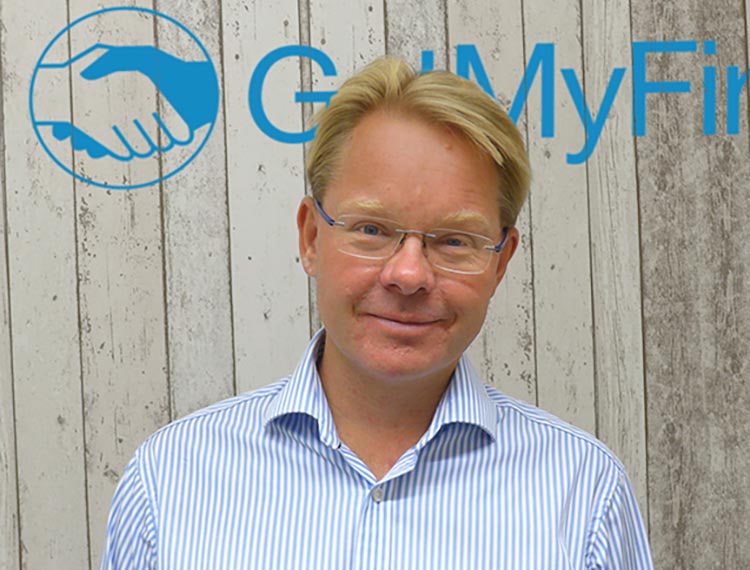Aligning your marketing and recruitment objectives to maximise talent

Have you aligned Candidate Marketing and Recruitment?
I was with the marketing manager of an apprenticeship training provider last week who was proudly telling me that they were getting 700 applications each week from a ‘free’ jobs board.
When I said, ’that’s great, but how do you sift through those applications?’, it became clear they couldn’t do any kind of automated searching to find the best candidates for their vacancies – not by location, not by qualification, not by previous applicants. Nothing. In fact, the recruitment team had to go through them all manually. Anybody else spot the issue here?
This massive disconnect between candidate attraction (or marketing) and recruitment was all the more stark because of the scale of resource being wasted and the complete lack of thought for the candidate journey – and let’s not even mention the GDPR issues of transferring these applications into their applicant tracking system.
Good marketing might result in 700 people applying for a job, whereas great marketing would deliver the best matched 20-or-so applicants for a role. However, in my experience, far too many marketing teams still think that the answer is volume, and if that volume is ‘free’, then so much the better.
The teams in question view it as being successful if they’ve managed to generate 700 applicants without costing them any money. In this case, the conversion rate to placed candidates was a little under 0.7%, but this was a problem with the recruitment team, not marketing – as far as they were concerned, they had done their job!
Of course, the issue is not just the obvious cost of manually screening so many applications – without a way of storing, searching and managing these applications, it becomes impossible to deliver a high-quality service. You can’t find that great candidate from last week, but you also can’t exclude the applicant who has just applied again despite not turning up to three previous interviews. These factors are probably even more costly than the administrative task of employing a team to review hundreds of applications manually.
Recent experience with more than 100 recruitment teams suggests that the cause is quite often organisational structure. Marketing and recruitment are typically seen as two separate functions and have different reporting lines.
The way they use resource is different too – where marketing teams control budgets and commission external work, recruitment teams are typically invested in people and don’t normally have a budget at all.
To solve this particular conundrum, you have two potential courses of action:
- you can change the organizational structure, or
- you can simply align the marketing and recruitment functions objectives.
When successfully implemented, a coordinated approach not only costs a lot less, but frees up time to invest in the right candidates to make sure they are well matched to the role and prepared for their interviews.
Here are three rules we share with our customer and partners for addressing this challenge:
- Ensure all your candidates flow into one applicant management or tracking system.
- Never break Rule #1. Anyone offering ‘free’ applicants that can’t be managed effectively will drive your costs up and your performance and satisfaction rates down. The hidden cost quickly mounts up as the direct costs alone are likely to be more than £2.50 per candidate.
- Identify your real performance indicators – vacancy fill rate, candidate retention, customer satisfaction, candidate satisfaction, timely fill… There are many others, but I guarantee none of them are applicant volume.
David Allison, CEO, TheTalentPeople and GetMyFirstJob
Copyright © 2019 FE News
TheTalentPeople is a Social Enterprise that is dedicated to helping training providers, colleges universities and employers find and recruit the next generation of Talent. Through GetMyFirstJob.co.uk, the UK’s #1 Emerging Talent website and our innovative Recruitment and Application Tracking System – TheTalentPortal – we have helped shortlist over 1.5 million applications in the last 4 years. In the last 12 months alone, this has led to over 35,000 people starting their careers.












Responses